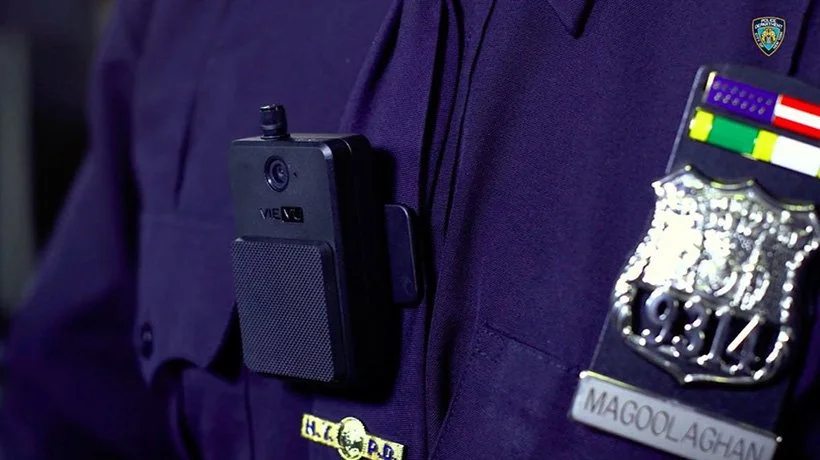NYPD delays hinder CCRB investigations, report finds
/The Department of Investigation said the CCRB should have better access to NYPD body worn camera footage. Photo via NYC.gov
By Rachel Vick
A new report from the Department of Investigation argues that the Civilian Complaint Review Board should have direct access to police body-worn camera footage to improve transparency.
The DOI said that direct access would speed up the CCRB’s investigation process and maximize efficiency.
“The use of body-worn cameras should provide greater transparency into encounters between police officers and the public, with the goal of helping to clarify incidents in question, especially for police oversight agencies,” said DOI Commissioner Margaret Garnett. “But the promise of body-worn cameras is limited when the agencies entrusted with overseeing the examination of these incidents lack direct access to this vital oversight tool. The recommendations in this Report are needed to achieve that goal.”
Each city agency has different procedures for accessing the footage, but under current regulations, CCRB is required to have NYPD staff approve requests and perform searches.
The CCRB has argued that the NYPD sometimes falsely claims that there is no footage available — and that the frequency of “false negatives” is difficult to establish because the discovery that footage exists is often the outcome of other proceedings — in addition to an increase in redactions and wait time.
From March to June of 2019 nearly 800 CCRB requests were left unresolved, according to the CCRB. In 2020, the agency closed 804 fewer cases than the year before, taking nearly 11 months to complete substantiated complaints.
“The prior backlog in body-worn camera requests and issues with the NYPD unions during the officer interview process, combined with the ongoing COVID-19 pandemic, contributed to investigative delays,” CCRB spokesperson Ethan Teicher told the Eagle in September 2020.
The report acknowledges that the two agencies are in the process of changing the method to ease access, but argues that access could be taken further.
Because the platform stores all body cam footage, including those from sealed cases and involving juveniles, the recommendations from the Office of the Inspector General report include undertaking an internal review to ensure footage from sealed cases is not stored the same way as other footage.
Establishing credentialed access to the sensitive footage would ease obstacles to BWC footage access for the CCRB and NYPD while reducing liability, according to the report.
Other recommendations include a review in six months with OIG and the agencies from the report to determine what additional steps, if any, should be taken.
“Effective and independent police review requires direct access to body-worn camera footage,” said OIG Inspector General Philip K. Eure. “Oversight agencies cannot hold officers accountable for misconduct and foster greater trust between communities and law enforcement if the police withhold, redact, or delay the production of critical evidence.”




